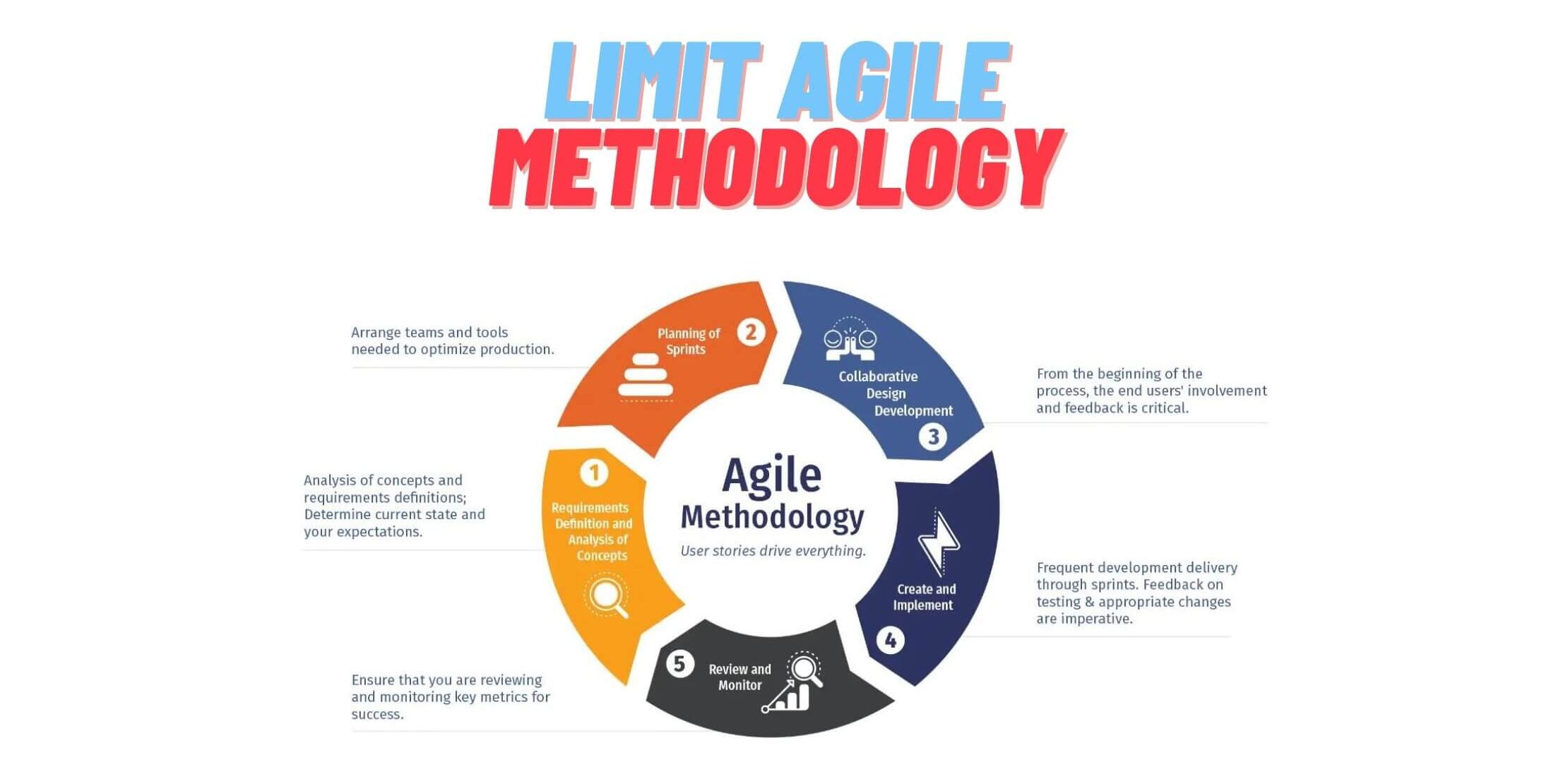The Challenge of Embracing Change in Software Development
Have you ever wondered why Agile Software Development is so popular? In a world where software requirements are continually shifting, how do we build software that can adapt quickly? Agile Software Development offers a solution, but embracing its principles is often easier said than done.
The Core Values of Agile Software Development
Welcoming Change: A Revolutionary Approach
Agile is built on the idea of welcoming change. Traditional methodologies often see changes in requirements as a hindrance, but not Agile.
With Agile, customer feedback and changes are integrated into the development process. This adaptability is what makes Agile truly stand out.
Learn more about why Agile is so popular
Client Collaboration over Contract Negotiation
Instead of long, rigid contracts, Agile promotes a more collaborative approach. By involving the client throughout the development process, the end product is more aligned with real-world needs.
The Nitty-Gritty of Agile Software Development
Phases of Agile Development
Planning: Where It All Begins
The planning phase sets the stage by laying out project requirements and implementation strategies.
It’s a crucial step that informs the rest of the project.
Implementation: Where Ideas Come to Life
During this phase, the actual coding happens.
Development teams use various programming languages like C, C++, and C# to build the software components.
Discover the software tools only a few know
Testing: The Unsung Hero
Testing is an ongoing process in Agile. It ensures that the software is free from bugs and performs as expected.
Installation: The Final Frontier
Once the software is tested, it’s ready for deployment. It’s installed on the client’s systems, ready for real-world use.
Maintenance: The Never-Ending Story
In Agile, the project doesn’t end when the software goes live.
Maintenance is a continuous phase that involves updating the software to meet new challenges, fix bugs, or implement additional features.
How UI/UX design software can increase your profit
The Risks and Rewards of Agile
It’s Not All Sunshine and Roses
While Agile offers a lot of advantages, it’s not without its challenges.
For instance, the lack of a defined end can sometimes make project scope and budget hard to manage.
The Payoff: When Agile Works, It Works Wonders
However, when executed correctly, Agile can lead to a more adaptable, efficient, and customer-focused product.
Conclusion: Why Agile Is Here to Stay
In a rapidly evolving tech landscape, Agile offers a framework that can adapt as quickly as the industry itself.
With its core principles of embracing change and client collaboration, Agile is more than just a buzzword; it’s a methodology that delivers results.
What’s Next?
Ready to dive into Agile Software Development?
Your first step should be identifying a project that could benefit from the Agile methodology and start planning accordingly.






